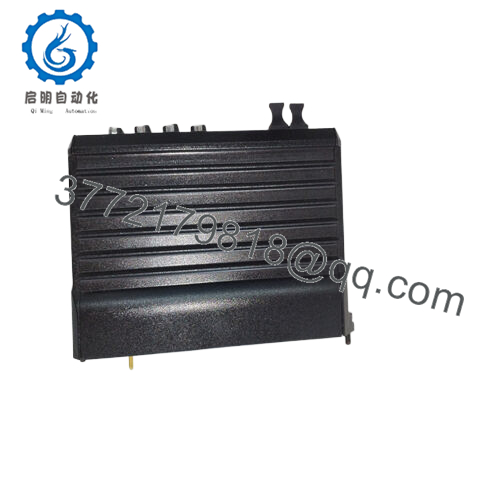Description
In safety-instrumented systems where capturing discrete field signals accurately can mean the difference between a smooth process run and a hazardous shutdown, engineers frequently encounter hurdles like signal noise from electromagnetic interference, ground loop issues, or the limitations of non-redundant I/O in expanding TMR architectures. The Triconex MA2211-100 confronts these directly as an 8-channel isolated digital input module, engineered to deliver uncompromised monitoring of switches, sensors, and relays in high-integrity industrial automation setups. Envision a gas processing plant where valve position feedbacks or limit switches must report status without fail—if a single input glitch goes undetected, it could trigger an erroneous ESD or allow undetected drifts in pressure control, escalating risks and costs. This module emerges as indispensable in such process control scenarios, where high reliability for I/O signals underpins system stability and compliance with SIL 3 demands.
The Triconex MA2211-100 excels by providing galvanic isolation per channel, shielding the TMR controller from field transients while enabling precise state detection at voltages up to 48 VDC. It’s a staple for applications requiring modular integration, such as fire-and-gas detection or burner management, where dense input handling without crosstalk supports broader automation goals like predictive diagnostics and reduced wiring overhead. In environments prone to electrical surges or conductive dust, it prevents common pitfalls like false positives that plague lesser modules, fostering confidence in real-time decision-making. Keywords such as “industrial automation,” “process control,” “I/O signal,” and “high reliability” resonate here—the Triconex MA2211-100 fortifies the input layer, ensuring field data integrates flawlessly into safety loops for uninterrupted operations and minimized fault propagation.
Within the Triconex TMR framework, the Triconex MA2211-100 resides in the I/O subsystem of the Tricon or Trident chassis, interfacing directly with the backplane to feed isolated digital states to redundant main processors for voting and logic execution. It processes up to eight independent channels from dry contacts or wet sources—typically 24/48 VDC—via screw terminals, converting them into TTL-level signals for the controller while maintaining 1500 V isolation to block noise paths. This placement allows it to pair with modules like the 3009 enhanced processor, extending the automation stack’s reach to remote field devices without introducing single points of failure, as TMR synchronization across chassis ensures seamless failover.
Diagnostics are embedded via onboard LEDs for per-channel status and fault indication, with health signals reported back through the TriBus for host-level polling, supporting protocols like Modbus RTU for integration with SCADA overlays. In a practical deployment, such as a compressor station, the Triconex MA2211-100 might monitor interlock switches on high-pressure lines, debouncing inputs to filter transients and alerting on opens or shorts in under 1 ms—far quicker than legacy point-to-point setups. Its user-friendly terminal layout simplifies field wiring, and compatibility with hot-swap operations means it can be serviced live, preserving uptime in continuous process control loops. This thoughtful design minimizes configuration tweaks, letting engineers prioritize safety algorithm development over hardware quirks in the I/O architecture.
| Specification | Details |
|---|---|
| Model Number | MA2211-100 |
| Brand | Triconex (Schneider Electric) |
| Type | 8-Channel Isolated Digital Input Module |
| Input Voltage | 24/48 VDC (up to 60 VDC) |
| Operating Temp Range | -40 to +70°C |
| Mounting Style | Chassis-mounted (Tricon/Trident) |
| Dimensions | 6.5″ x 4″ x 1.5″ (approx. 165mm x 102mm x 38mm) |
| Weight | 0.8 kg |
| Interface/Bus | TriBus backplane, screw terminals |
| Compliance | SIL 3, IEC 61508, CE, ATEX |
| Supported Protocols | Modbus RTU (via host) |
| Typical Power Draw | 5W (at 5 VDC backplane) |
Selecting the Triconex MA2211-100 yields a robust shield for your inputs, engineered to sustain long-term performance by isolating channels against common-mode voltages that erode accuracy over time in electrically noisy plants. Day-to-day, this means switches reporting turbine trips or tank levels do so with fidelity exceeding 99.999% availability, averting the ripple effects of misreads—like cascading alarms that tie up operators—while enabling tighter safety interlocks for optimized throughput. Its TMR-native design ensures voted decisions remain valid even amid partial faults, cutting the likelihood of spurious ESDs that could idle assets for hours.
- MA2211-100S2
Beyond protection, the module eases integration burdens, as its standardized footprint slots into existing chassis without custom adapters, slashing commissioning hours and engineering overhead in multi-vendor environments. Maintenance efficiency ramps up too: self-diagnostics flag channel anomalies early, allowing spot-checks via TriStation software rather than full rack teardowns, which aligns with lean strategies for extending mean time between failures. For sites balancing safety with productivity, the Triconex MA2211-100 shifts inputs from a reactive chore to a proactive enabler, bolstering overall resilience and freeing resources for process enhancements in high-stakes automation.
In petrochemical refineries, the Triconex MA2211-100 monitors distillation column switches for overfill protection, thriving in corrosive, high-vibration zones where its isolation upholds high reliability for process control, ensuring critical system uptime amid volatile hydrocarbon flows. This deployment handles rapid state changes, preventing leaks through vigilant input capture.
Power plants utilize the Triconex MA2211-100 for boiler interlocks, interfacing limit sensors in steamy, EMI-laden boiler houses to support fast data cycles that maintain steam pressure stability—its SIL 3 rating guarantees uninterrupted safety in environments demanding flawless I/O signal integrity.
Offshore oil platforms deploy the Triconex MA2211-100 in wellhead controls, tracking valve feedbacks under saline spray and seismic stresses; the module’s rugged inputs ensure process control environments stay secure, minimizing downtime risks in remote, high-consequence operations.
Triconex 3504E – 64-point digital input module for denser channel needs in TMR expansions.
Triconex 3604 – 32-channel DI alternative with enhanced debouncing for noisy field signals.
Triconex 9760-210 – Termination panel add-on for field wiring simplification with MA2211-100.
Triconex 3009 – Enhanced main processor for pairing with MA2211-100 in safety logic execution.
Triconex 3721 – Analog input module complement for hybrid signal processing in Tricon systems.
Triconex 9761-210 – High-density termination for scaling digital inputs alongside MA2211-100.
Triconex 8310 – Power entry module for redundant supply to MA2211-100 setups.
Triconex 9563-810 – Legacy-compatible DI panel for retrofit paths with MA2211-100.
Prior to installing the Triconex MA2211-100, review chassis slot availability in your Tricon v10 or Trident system and confirm firmware compatibility via TriStation to sidestep bus mismatches—aim for v11 or later for optimal diagnostics. Assess field wiring for 24/48 VDC polarity and limit runs to 100 meters to curb voltage drop, while verifying enclosure seals meet ATEX if in hazardous zones. Test isolation with a hi-pot tester at 1500 V before energizing, and ensure backplane power stays within 5 VDC ±5% to avoid erratic reads.
Sustaining the Triconex MA2211-100 calls for routine terminal torque checks every quarter—target 0.5 Nm to counter vibration loosening—and quarterly scans of channel LEDs for steady green, probing suspect points with a DMM for continuity under 10 ohms. In humid or dusty locales, wipe terminals biannually with a dry cloth to fend off oxidation, and during annual SIL proof tests, inject simulated faults across channels to validate TMR voting, logging response times below 2 ms. These targeted practices, drawn from IEC 61508 tenets, keep the module vigilant without exhaustive overhauls, aligning upkeep with operational rhythms.

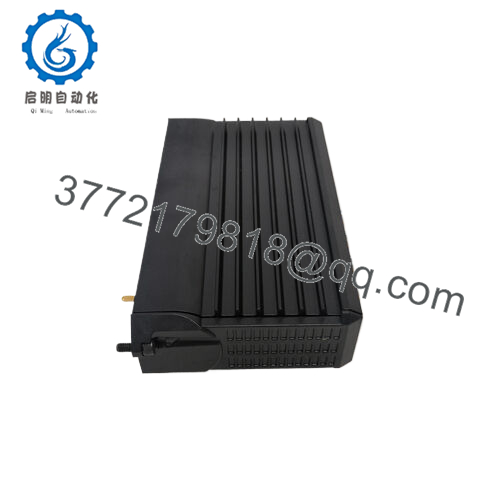
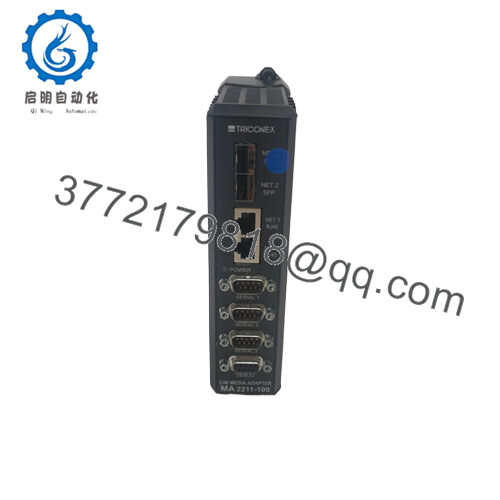
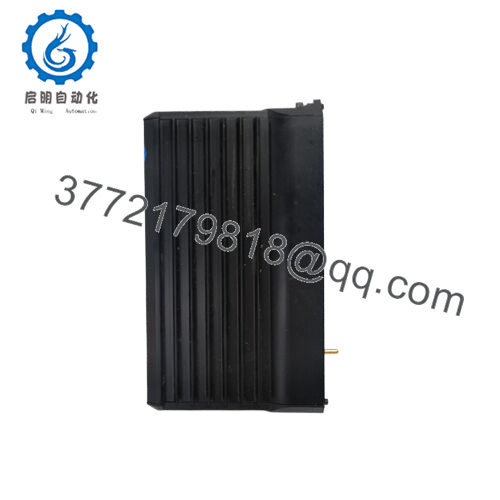
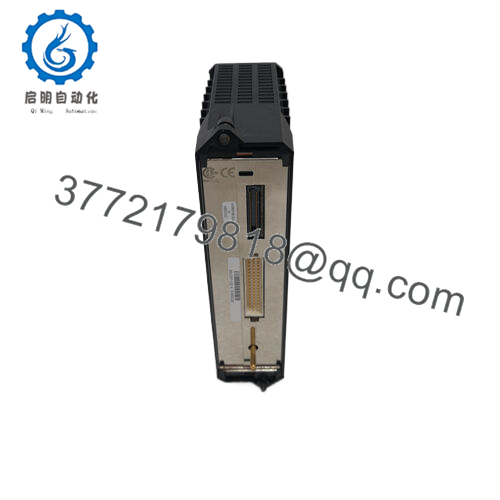
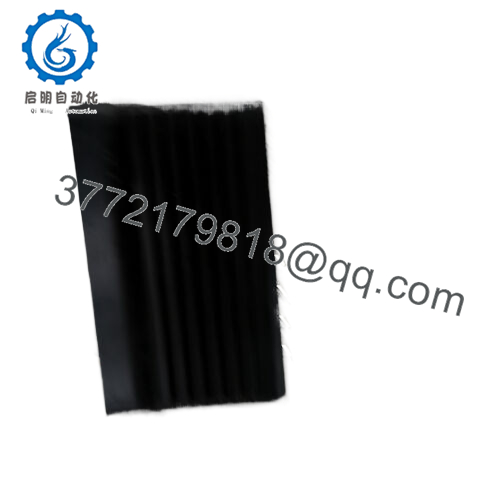
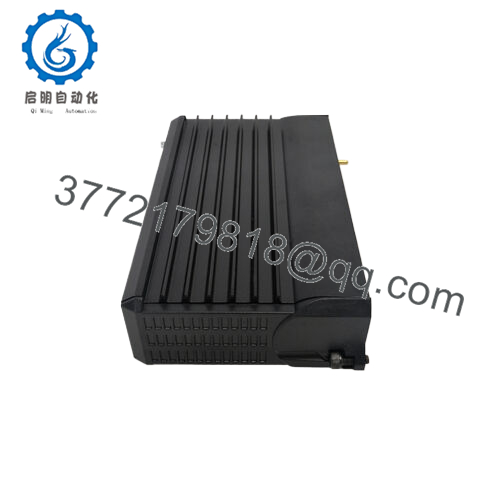
 WhatsApp: +86 16626708626
WhatsApp: +86 16626708626 Email:
Email:  Phone: +86 16626708626
Phone: +86 16626708626